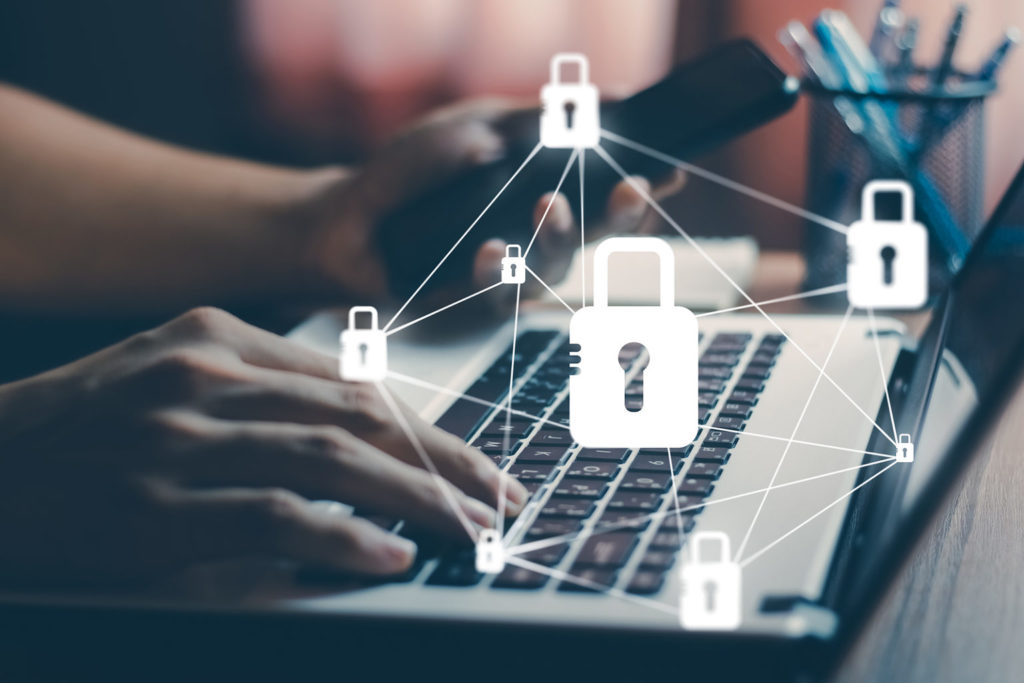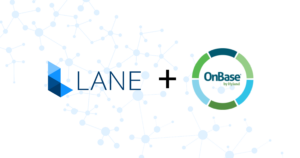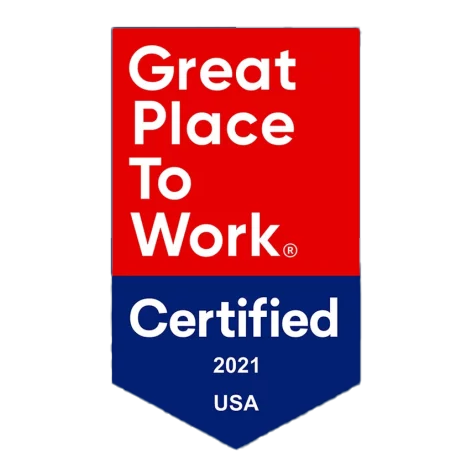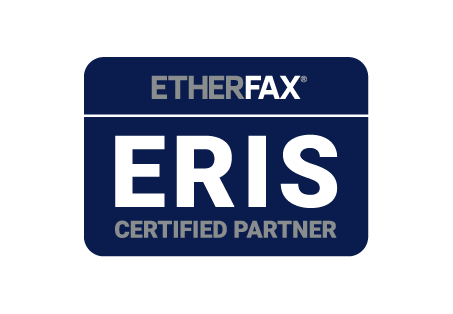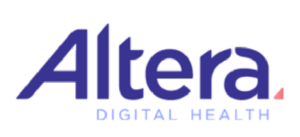Security in Faxing
In many ways, faxing is one of the more secure and highly protected forms of communication within an organization or from one organization to another. Because it is less exposed to the internet and internet-connected devices, faxing is more protected than email or other electronic outreach methods.
Fax machines typically need phone lines to communicate which are more challenging to breach than public internet connections. If cybercriminals manage to hack into a fax machine, it is considerably less valuable to them. The only real access they gain is to devices directly linked to the fax machine’s local network, which is considerably less than other network security breaches.
Fax is also less vulnerable to social engineering-based cyber assaults. It’s not difficult to persuade someone to click a link in an email based on the hundreds or thousands of emails a user receives each week. However, using a fax machine to deceive someone into handing over passwords or other credentials is significantly more difficult.
Hospitals, medical facilities and commercial banking organizations have relied on faxing as a secure communication method, specifically because they must ensure their data and the data relating to their customers or patients is protected.
PSTN as a backbone to the network and is inherently secure
Hacking fax machines is possible. Cybercriminals can disguise a dangerous script as an image or readable text file and transmit it to a fax machine. When the fax machine runs the script, the criminal has access to any networks or devices to which the fax machine is directly linked.
However, this is usually a difficult undertaking, particularly if the fax machine is connected to a traditional Public Switched Telephone Network (PSTN). A PSTN is built for security. When using a PSTN to send a fax, the document is transformed to base64 binary at the source, transferred across the PSTN, and then assembled on the receiving end.
Hacking the PSTN would require direct human access to the phone line. Even if a file is intercepted, it would appear as noise, making it difficult to analyze or read. The security weakness known as “Faxsploit\’\’, where a hacker could send a malicious fax to an all-in-one printer and gain access to the entire network, raised concerns several years ago for good reason. This weakness has been effectively addressed thanks to advancements in fax security and cybersecurity in general.
Fax Security Advancements
Initially, firewalls were not used to secure fax machines since they were considered unnecessary. With early fax machines, a human had to control the machine manually. As technology advanced, organizations began linking computers and printers to fax machines and transmitting faxes over IP networks via the internet. Now, firewalls are often configured to safeguard fax machines like other computers or devices connected to the network.
Even with firewalls, fax machines communicate using the most basic information, such as connection and data requests. Because they only need this simple information to function, it is straightforward to set up fax machines on networks with relatively limited data transmission capabilities. This separates fax machines from other network devices. As a result, if your fax machine is hacked, bad actors are limited in their ability to spread harmful malware to other devices.
Digital Faxing Security
People often raise concerns about the security of digital faxing. Selecting a safe and highly rated online fax service with cutting-edge security features like SSL encryption, can ensure the protection of vital information and documents.
One way to increase the safety of your online faxes is to use SSL encryption which secures the data when using an internet browser. SSL encryption is easy to recognize. When the site address in the URL bar starts with “HTTPS” instead of “HTTP,” it indicates SSL encryption is present.
When you receive faxes via the internet, you are sent an email notification with a link to the fax, which you may then view in a secure internet browser. You may then print, copy, and save the fax. Digital fax services are equally as safe as conventional types of communication. For additional security, certain fax service providers provide enhanced security settings.
Online Faxes Provide End-to-End Encryption
With end-to-end encryption, faxes keep your information confidential. For additional security, electronic faxes may be forwarded via a secure gateway. When sending a fax via email or online, it is important to ensure that the data is communicated safely and securely. Be sure to check that the email client (the system you use to read and send emails – Gmail, Outlook, etc.) and the email server (the system that enables an email to move from one email client to another) uses a secure connection.
Various approaches for achieving safe encryption may be used depending on the provider and the technology. When an email with a fax attachment is sent, the delivery is encrypted and cannot be read by other parties. One of the significant benefits of fax over email is this extra layer of protection.
Digital Faxing is also Cost Saving
Online faxing has become one of the most common forms of communication in a range of sectors owing to its security and convenience. This low-cost solution for business communications requires just three things: fax services, an internet connection, and an email account.
Thanks to online fax, users and companies may now “go green” more efficiently than ever before. All incoming and outgoing faxes are kept as electronic files that may be retrieved and uploaded in various formats. Electronic faxes may even be signed electronically, reducing the need to print paper copies.
By shifting to digital faxing, you save significant physical storage space and minimize the amount of physical paper required. Internet faxing makes it simple to conserve space, paper, and money while boosting your ecologically sustainable practices.
Enhanced Security with Lane
Customers’ privacy, record-keeping, and reporting of sensitive data are all subject to shifting federal rules. Lane ensures that your online faxing complies with the strictest mandates of federal regulations such as HIPAA, SOX, GLBA, and private industry security standards through secure and encrypted data transfer, comprehensive digital tracking with clear audit trails, secure file storage, and several other methods.
With Lane, your company can send and receive secure faxes while protecting the sensitive information of your customers, clients, or patients. Unlike conventional paper-based faxing, Lane’s fax to email service employs several layers of encryption to keep your faxes safe in transit and storage, ensuring total privacy for all of your sensitive faxes.
Now that you know more about the security of faxing and how this security works, you can select a service provider that meets your needs. A reliable fax provider will ensure your fax communications are safe, secure, and simple to transmit. When looking for a faxing service, check whether the company’s website includes details about fax delivery and storage security. Lane is here to help. Contact us today for a consultation to learn the best fax method for your sensitive communications.

